8 tips to prevent cyber attacks
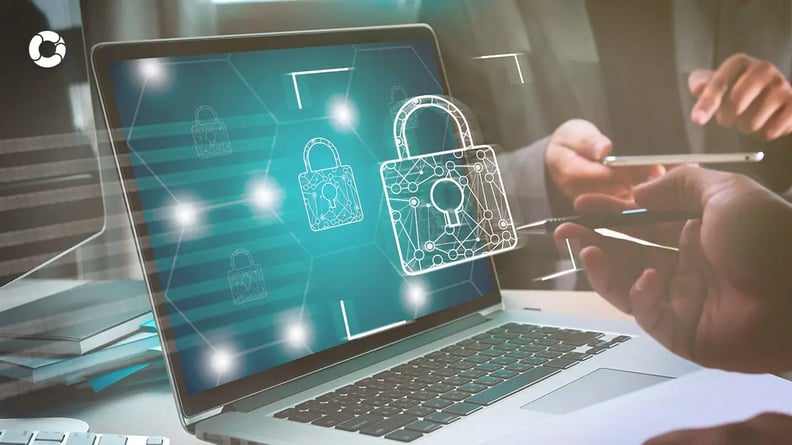
With the digital transformation, organizations have become more exposed to cyber-attacks. Here's how you can prevent them.
Because cybercriminals operate covertly and are not easy to detect, it can take a long time before problems become visible to the organization. Although some threats may be detected, the vast majority will go undetected. That's why early detection is always necessary.
Learn some prevention steps so that you can be prepared before attacks occur.
Strengthening Cybersecurity: Best Practices for Information Security Against Cyber-Attacks
In today's digital landscape, the threat of cyber-attacks is ever-present, making information security a critical priority for organizations of all sizes. Protecting sensitive data and maintaining the integrity of your systems requires a proactive approach to cybersecurity. Below, we outline key strategies to fortify your defenses against potential threats.
Monitor Email Usage Vigilantly
While it may seem obvious, overlooking internal email activity is a common oversight in many organizations. Emails are one of the most vulnerable points of entry for cyber-attacks, as they can easily be exploited to introduce malware, phishing scams, and other threats into your network.
To mitigate these risks, it's essential to monitor suspicious messages and the downloading of attachments. Implement email filtering tools that can detect and block malicious content before it reaches the inbox. Additionally, employees should be educated on the importance of using email strictly for business purposes and recognizing potential threats. Regular training sessions can equip your team with the knowledge to identify and avoid email-based cyber-attacks, thereby strengthening your organization's information security posture.
Stay Alert to Unusual Network Traffic
Tracking network traffic is crucial for detecting anomalies that could signal a cybersecurity breach. By collecting data on protocols, applications, and user activities, you can establish a baseline for normal network behavior. Pay close attention to sudden spikes in traffic volume, unexpected changes in protocol usage, or any other irregularities that may indicate an intrusion attempt.
Utilize advanced monitoring tools that can analyze network traffic in real time and alert you to potential threats. These tools can help you quickly identify and respond to cyber-attacks before they escalate, protecting your critical assets and maintaining the integrity of your information security framework.
Identify and Neutralize Malicious Code
Cybersecurity threats often hide within common file formats like PDF, HTML, GIF, and ZIP files, making it essential to detect and neutralize malicious code before it can cause harm. Invest in robust antivirus software that can uncover, decode, and eliminate hidden malware embedded in files.
Regularly update your antivirus solutions to ensure they can detect the latest threats. In addition, consider implementing a sandboxing solution that isolates and tests files in a controlled environment before allowing them to interact with your network. This approach helps prevent cyber-attacks by ensuring that any malicious code is identified and removed before it can compromise your information security.
Recognize Suspicious Connections
Cybercriminals often use known malicious IP addresses, websites, files, and email servers to conduct their attacks. To protect your organization, use tools that can assess the reputation of external sources before they interact with your network. These tools can automatically block connections to untrusted sites and alert you to potential threats.
By scrutinizing connections and using reputation-based filtering, you can prevent cyber-attacks from gaining a foothold in your network. This proactive approach to cybersecurity enhances your organization's ability to maintain secure operations and protect sensitive information.
Monitor Application Alterations
Once an attacker gains access to your network, they may attempt to execute commands targeting key applications. To prevent unauthorized changes, implement a whitelist of approved applications that can run on your network. Simultaneously, create a blacklist of unauthorized programs to block potential threats.
Regularly audit your application environment to ensure compliance with these lists. This strategy helps safeguard your informationF security by preventing malicious software from altering your systems or compromising your data. Additionally, consider implementing intrusion detection systems (IDS) that can monitor for unauthorized changes in real time and trigger alerts when suspicious activity is detected.
Keep Databases Secure
Unauthorized attempts to access critical data or modify database structures are red flags that your network may be under threat. To protect your databases, use specialized monitoring tools that can track and log access attempts, flagging any unusual or unauthorized activity.
Some effective tools for monitoring database security include SolarWinds DB Performance Analyzer, Idera SQL Diagnostic Manager, and Red-Gate SQL Monitor. These solutions provide real-time insights into your database activity, helping you respond swiftly to potential cyber-attacks and maintain the integrity of your information security protocols.
Safeguard Data Transfers
It's essential to inspect the transfer of data, particularly intellectual property, to detect and prevent unauthorized access. Monitor for unusual data movement, encrypted traffic, and suspicious file transfers. Implement data loss prevention (DLP) solutions to safeguard sensitive information and ensure that only authorized personnel can access and transfer critical data.
By maintaining stringent controls over data transfers, you can minimize the risk of cyber-attacks and protect your organization's most valuable assets. This proactive approach to cybersecurity ensures that your data remains secure, even in the face of evolving threats.
Keep Systems Updated
Ensuring that all systems are up-to-date is a fundamental aspect of cybersecurity. While it may be manageable on a single personal computer, keeping an entire network of computers updated can be challenging. To tackle this, conduct a thorough inventory of all hardware within your organization and use an information security management tool like Pirani to oversee and update all systems efficiently.
Automating updates through a centralized tool ensures that all systems receive the latest patches and security enhancements without relying on individual action. This method streamlines the update process and reduces the risk of human error, providing a more reliable and secure cybersecurity environment.
By implementing these strategies, organizations can significantly reduce their vulnerability to cyber-attacks and enhance their overall information security.
Moreover, the use of advanced technological tools plays a crucial role in safeguarding against cyber-attacks. Implementing robust antivirus solutions, whitelisting and blacklisting applications, and using reputation-based filtering are all effective methods for detecting and neutralizing threats before they can cause damage. These tools, when combined with a well-maintained and regularly updated system, form a strong defense against the ever-changing landscape of cyber threats.
Additionally, the importance of maintaining up-to-date systems cannot be overlooked. Automated updates ensure that all security patches are applied promptly, reducing the risk of vulnerabilities being exploited by cybercriminals. This approach not only enhances the security of individual systems but also ensures that the organization as a whole is better protected against potential cyber-attacks.
Finally, the centralization of security efforts, such as monitoring databases and safeguarding data transfers, is crucial for a unified and effective cybersecurity strategy. By maintaining strict control over data access and transfer, organizations can prevent unauthorized access to sensitive information and ensure that their data remains secure.
In conclusion, protecting against cyber-attacks requires a multi-faceted approach that includes vigilant monitoring, employee education, advanced technological solutions, and consistent system updates. By prioritizing information security and implementing these strategies, organizations can significantly enhance their cybersecurity posture, safeguarding their operations, data, and reputation in an increasingly digital world.
In addition to these eight recommendations, to prevent the materialization of information security risks, it is important to have a technological solution such as Pirani, which also allows to identification, evaluation, control, and monitor these types of risks to ensure the confidentiality, integrity, and availability of information in organizations.
What other tips can help prevent cyber attacks in an organization? Leave us your comments.
You May Also Like
These Related Stories
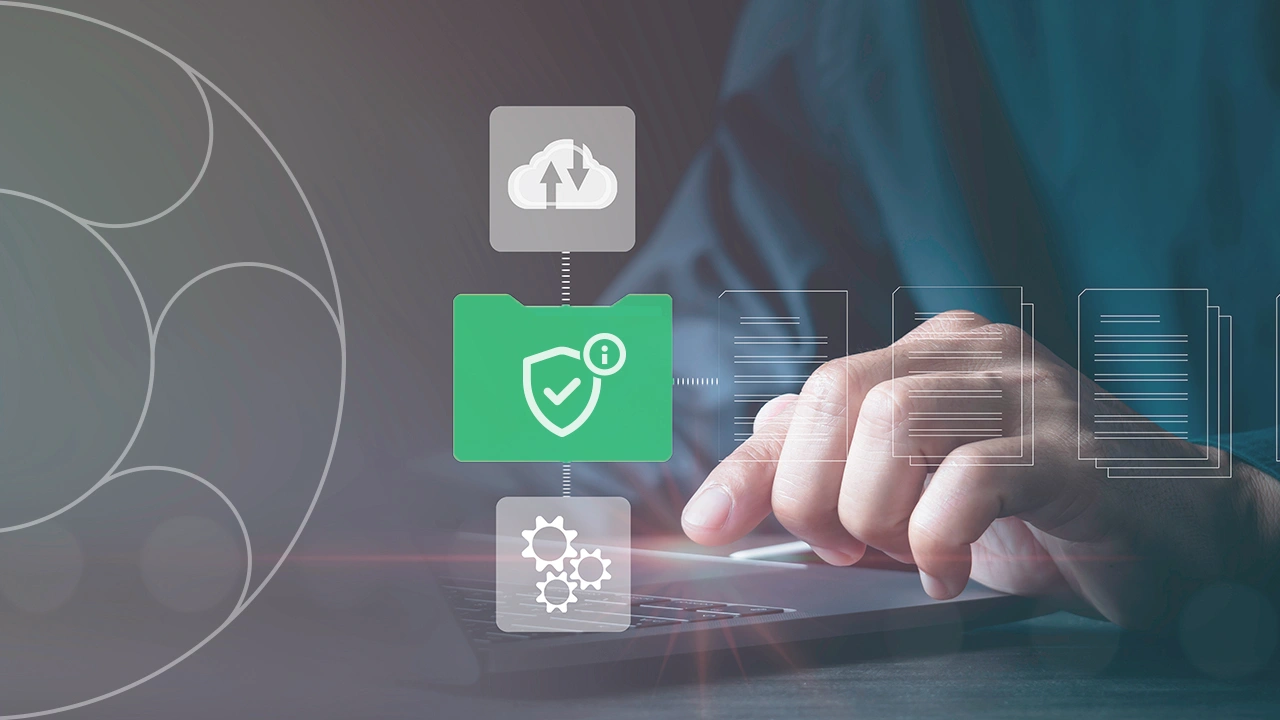
How to identify cybersecurity risks in your company
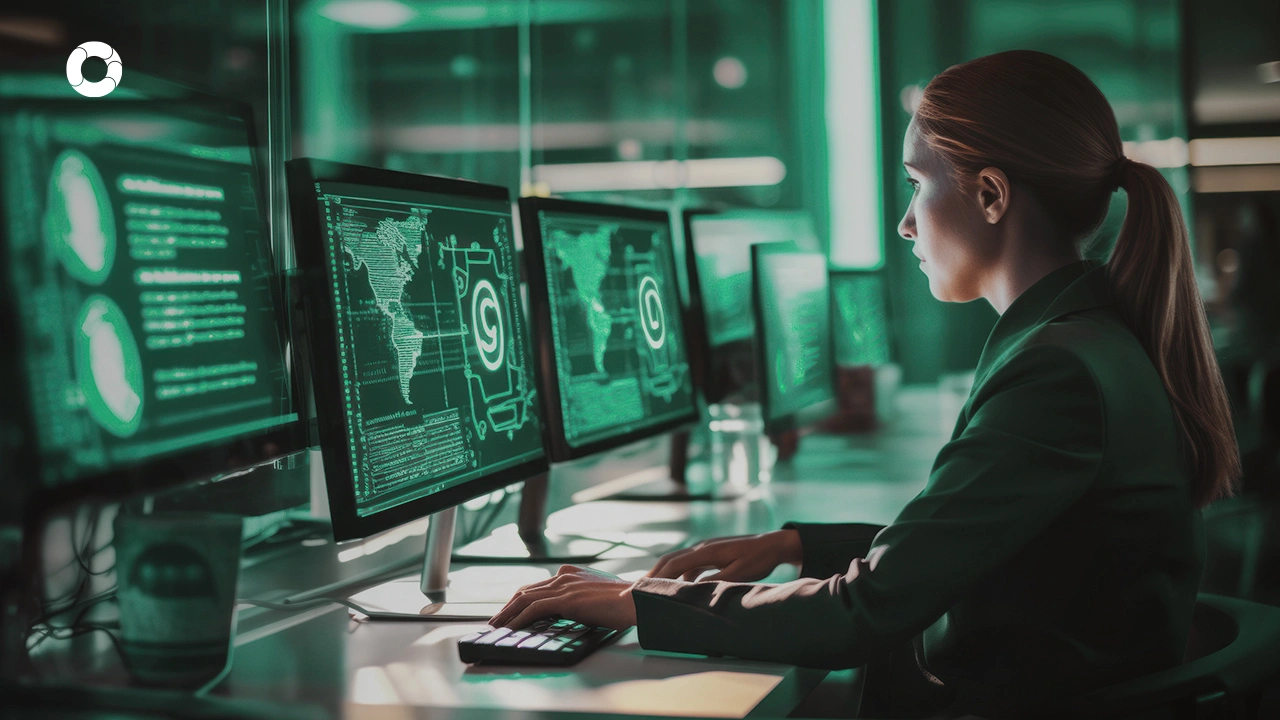
Artificial intelligence to combat cyber attacks
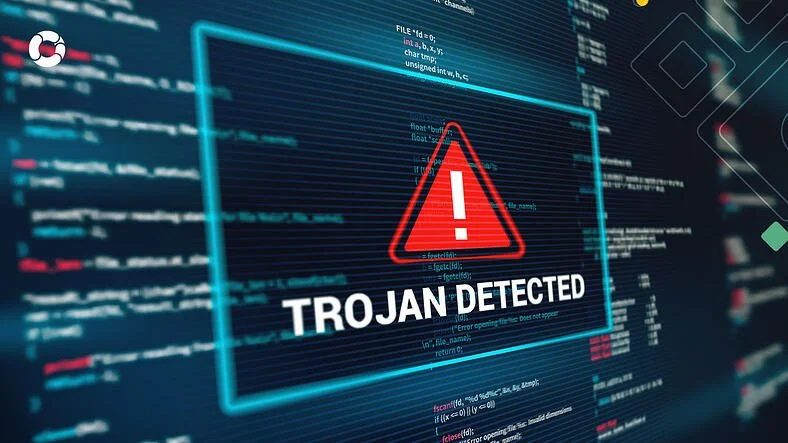
Cyber-attacks: causes, types and consequences
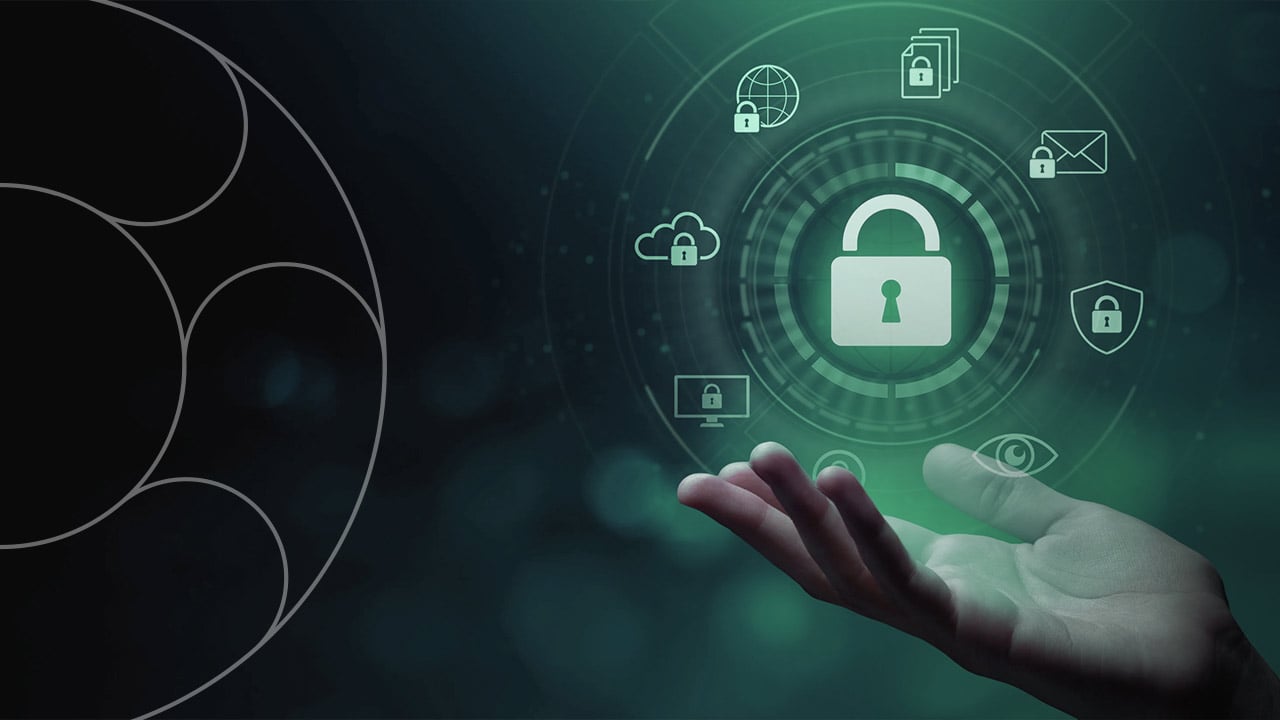
Unraveling Information Security Management Complexities
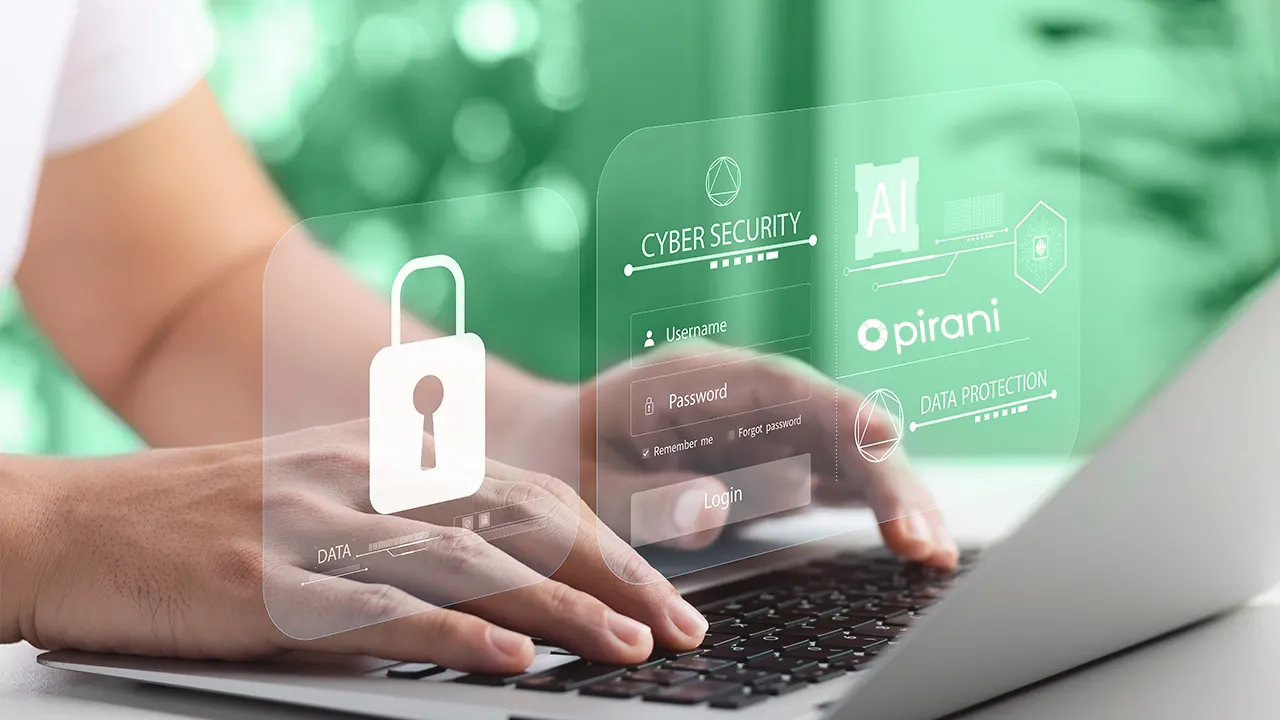
Consequences of the poor data risk management framework



No Comments Yet
Let us know what you think